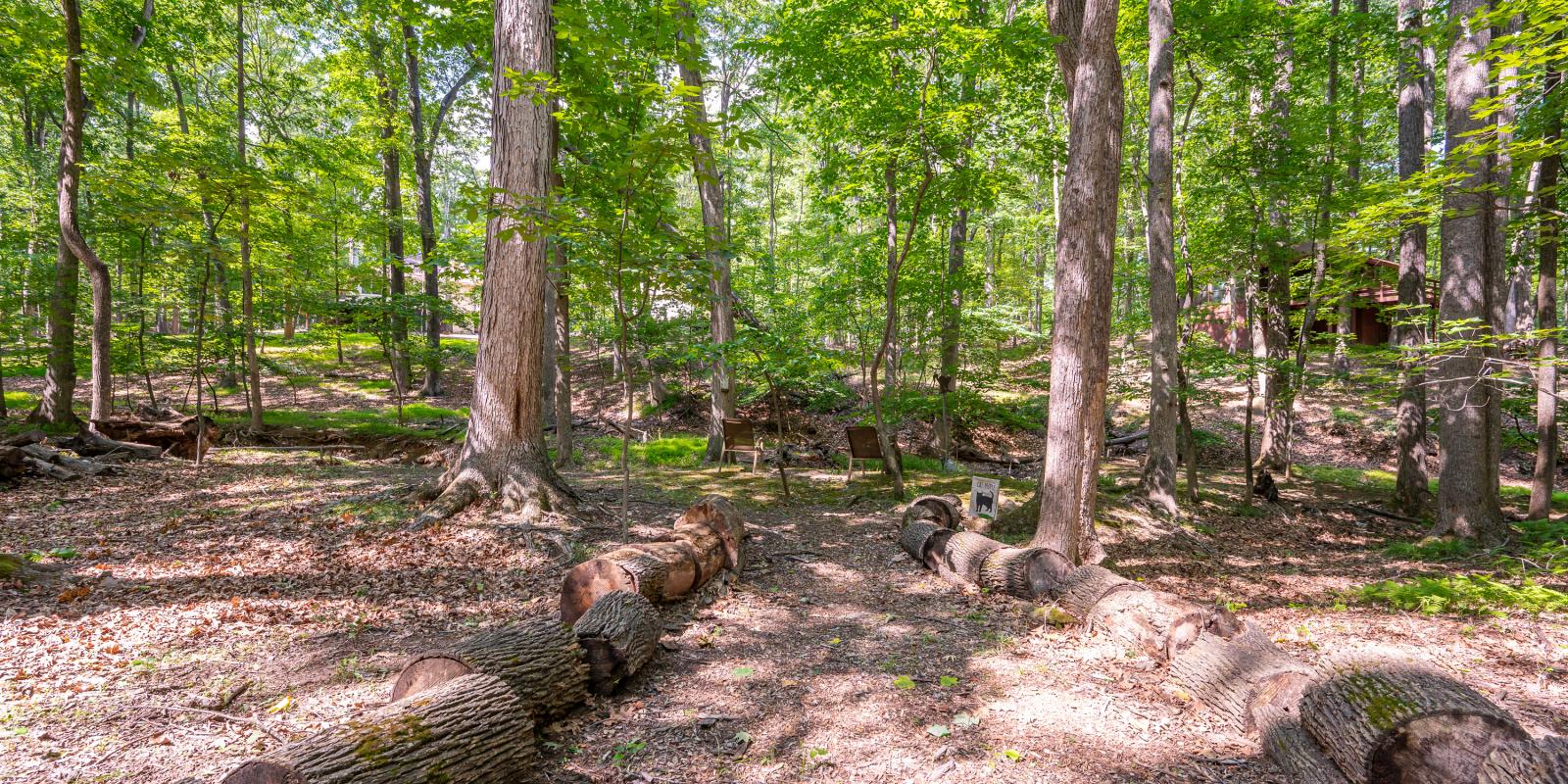A sudden loss of vision sent me to the ER on a Friday afternoon two years ago. I’d had a TIA (transient ischemic attack) or “mini-stroke.” I needed surgery on my carotid artery, but it wasn’t scheduled to take place until Monday. For anyone who has found themselves in a similar situation, they know that three days can feel like an eternity. I spent the weekend at the hospital, apprehensive about surgery risks and needing to find ways to offset the all-too-predictable but, nonetheless, noisy, chaotic environment.
While flipping through the TV channels in search of distraction, I came across a channel showing nature footage set to instrumental music. I somehow knew this was going to be my best coping mechanism. I spent much of the next three days immersing myself in the scenes of water, forests and fields. The nature videos helped me rest, cope with anxiety, tune out the noise of the busy hospital, and even keep my blood pressure down. In short, they helped my surgery go as smoothly as possible.
Perhaps it wasn’t surprising that nature footage brought me so much comfort and healing, as I’ve had a lifelong connection with nature. Where I grew up in a small town in Virginia, my grandmother had a 10-acre garden, and from a young age, I loved putting my hands in the dirt or roaming through the fields with my brother. As an adult, nature remained a constant in my life, whether it was hiking in New England or living near the water.
‘My renewed appreciation for nature and its powerful potential remains.’
During my career in public health and medical social work, I became passionate about getting doctors to see all of people’s needs, not just the needs of the body. I pioneered a multidimensional internal consulting program for Johns Hopkins, which included encouraging a more holistic perspective on health.
Science Backs Up Nature Benefits
After recovering from my surgery, I kept thinking back to the nature videos that were such a lifeline for me, and began to dive deeper into the scientific literature. Research has shown that nature has tangible health benefits, including reducing stress, improving mood, reducing the need for medication and lowering blood pressure. These benefits are especially crucial for older adults, who are more likely to struggle with health challenges and isolation.
Through collaborations regarding Baltimore city parks, I became aware of an incredible organization, Nature Sacred, a nonprofit that supports the creation of collaborative, community-led urban green spaces to reduce stress, improve health and foster social connection. Their philosophy that nature is positive and healing immediately rang true to me. I was thrilled to hear that Nature Sacred is working with healthcare organizations across the country to create its signature “Sacred Places”—small, contemplative green spaces—at hospitals and in long-term care facilities.
The effects of my surgery are long behind me, but my renewed appreciation for nature and its powerful potential remains. I’m more excited than ever to keep creating opportunities for everyone, especially older people, to engage with nature.
We all must seek out time with nature, whether that means a local park, a garden or indoor plants, and we must work with our communities to design green spaces that meet the needs of everyone who uses them. This powerful resource for healing and well-being is all around us if we can only tap into it.
As we age, the need for these green sanctuaries only becomes more urgent. I urge you to not only embrace the healing power of nature in your own lives—but to join me in advocating for a more nature-forward approach in our communities.
Emma Stokes, PhD, is a retired organization and leadership effectiveness consultant and professional volunteer in Baltimore, MD.
Photo caption: A path the author created from her home to a nearby creek, in order to more easily commune with nature.
Photo credit: Courtesy Emma Stokes.













